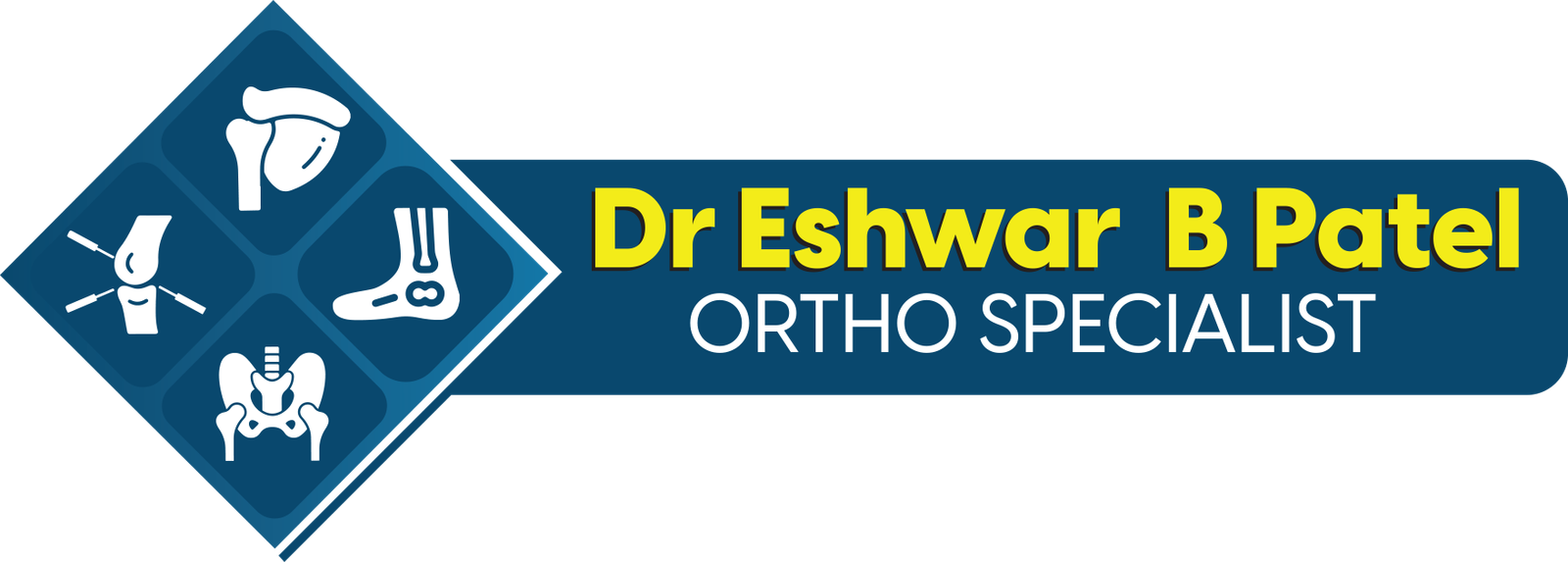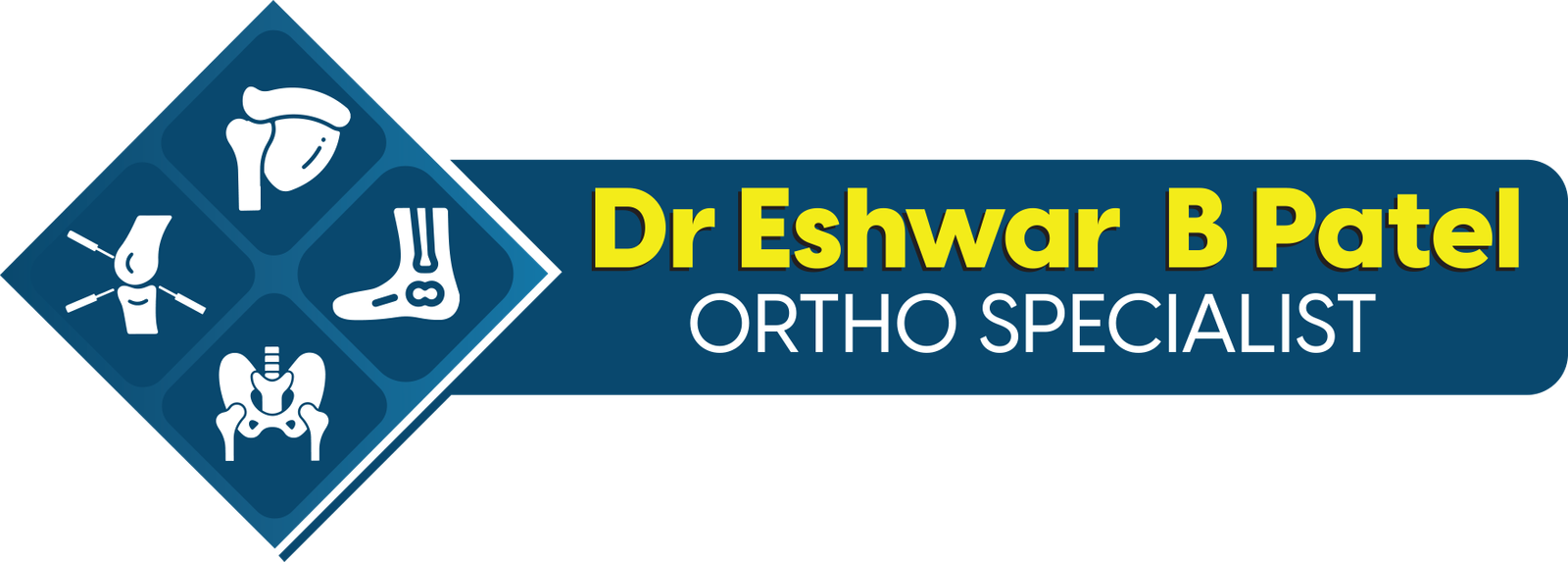Shoulder Dislocation
Shoulder dislocation occurs when the upper arm bone (humerus) pops out of the socket in the shoulder blade (scapula). It’s a common injury, often resulting from trauma or overuse, and can cause significant pain and immobility. Here’s an in-depth look at shoulder dislocation, including its causes, symptoms, treatment options, and preventive measures.
Causes:
- Traumatic Injury: The most common cause of shoulder dislocation is a sudden impact or force applied to the joint, such as during a fall, collision, or sports injury.
- Repetitive Motion: Overhead activities like swimming, tennis, or weightlifting can gradually weaken the shoulder joint, making it more susceptible to dislocation.
- Genetic Factors: Some individuals may have naturally loose ligaments or shallow shoulder sockets, increasing their risk of dislocation.
- Previous Dislocations: A history of shoulder dislocation raises the likelihood of future occurrences due to weakened ligaments or joint instability.
Symptoms:
- Intense Pain: Immediate and severe pain in the shoulder joint is a common symptom of dislocation.
- Visible Deformity: The shoulder may appear visibly out of place or deformed.
- Swelling and Bruising: Swelling and bruising around the shoulder area are typical after a dislocation.
- Limited Mobility: Inability to move the arm or shoulder due to pain and instability.
- Numbness or Tingling: Damage to nerves around the shoulder may cause numbness or tingling sensations down the arm.
Treatment:
- Reduction: The primary goal of treatment is to put the dislocated shoulder back into its socket. This is often done by a medical professional using manual manipulation or under anesthesia.
- Immobilization: After reduction, the shoulder is typically immobilized with a sling or brace to allow healing.
- Physical Therapy: Once the acute phase subsides, physical therapy helps regain strength, flexibility, and stability in the shoulder joint.
- Surgery: In cases of severe dislocation or recurrent episodes, surgery may be necessary to repair damaged ligaments or tighten the joint capsule.
Prevention:
- Strength Training: Strengthening the muscles around the shoulder joint through targeted exercises can help stabilize the joint and reduce the risk of dislocation.
- Proper Technique: Whether in sports or daily activities, using proper technique and posture can prevent unnecessary strain on the shoulder.
- Warm-Up and Stretching: Before engaging in physical activity, warming up and stretching the shoulder muscles can improve flexibility and reduce injury risk.
- Protective Gear: Wearing appropriate protective gear, such as shoulder pads or braces, during sports or high-risk activities can provide added support to the shoulder joint.
- Avoid Overuse: Avoid repetitive overhead movements or activities that put excessive stress on the shoulder joint, especially if you have a history of dislocation.
Shoulder dislocation can be a painful and debilitating injury, but with prompt treatment and proper rehabilitation, many individuals can recover fully and regain strength and mobility in the shoulder joint. Understanding the causes, symptoms, treatment options, and preventive measures is key to managing and reducing the risk of shoulder dislocation. If you experience a shoulder injury or suspect a dislocation, seek medical attention promptly for evaluation and treatment.
Surgeries
Best Knee Replacement in Hyderabad
Best Hip Replacement in Hyderabad
Best Shoulder Replacement in Hyderabad
Best Arthrocopy Treatment in Hyderabad
Orthopedic Surgeon in Hyderabad
Maps
Copyright 2022 © DrEshwar Patel Ortho Specialist All Rights Reserved.
Website Designed & Developed By VENLAX GROUP

